Share This
Traditional sourdough breads often have as few as three ingredients: flour, water, and a touch of salt. But check the labels on some commercial bakery breads in recent years and you may find dozens of ingredients, including dough conditioners, emulsifiers, added vitamins, artificial colors and flavors, and lots more.
Fortunately for all of us who prefer ingredient lists with recognizable words, the tide is turning, with interest in “clean labels” sifting down throughout the baking industry. Today we’ll focus on four baking trends, and the unnecessary ingredients these trends are beginning to eliminate from commercial breads.
1. Use more whole grains
Baking with whole grain flours instead of white (refined) flour is the first step to cutting back on some extra ingredients. Whole grains can help eliminate:
Bleaches and bromates. White flour is often bleached or bromated to improve its baking qualities. These ingredients – banned in Europe and in most other countries – don’t appear on baked goods made entirely with whole grains.
Added vitamins and minerals. When baked goods are made with whole grain, there’s no need for added vitamins and minerals. White flour is required to be enriched because so much of the good stuff has been taken out – but even enriched flour doesn’t come close to replacing all that’s been lost. Whole grain breads make it possible to skip the added synthetic vitamins.
Artificial colors and flavors. Whole grain breads have an appealing golden-brown color naturally, without added caramel colors. And they’re bursting with flavor. As Dave Miller, a legendary California artisan baker, says, “The majority of flavor and aroma compounds, as well as nutrients, in wheat are found in the parts of the grain that are sifted out to make refined white flour.”
2. Switch to sprouted grains
Whole grain breads, however, can sometimes lead bakers to add some ingredients not as common in white breads. Using sprouted whole grains (tip: all sprouted grains are whole) eliminates the need for ingredients like these:
Vital wheat gluten. Whole grain breads don’t rise as quickly and easily as white bread, so bakers often add a sizable dose of vital wheat gluten, the elastic proteins found in wheat. Sprouted grains create doughs that rise more quickly, reducing or eliminating the need for added gluten.
Sugars. To make whole grain bread taste more like white bread, some bakers also add extra sugar. Sprouted grains are naturally a bit sweeter, so baking with them eliminates the perceived need for added sugar.
3. Be patient
Throughout most of recorded history, baking was a multi-day (or ongoing) affair. Bakers kept a jar of sourdough starter in a dark corner of the kitchen, feeding it regularly to keep the all-important yeasts alive. Then they’d mix their dough, let it gently rise overnight, then punch it down and let it rise again. Today’s commercial breads go from the mixer to the oven in just a fraction of that time – a feat that can’t be accomplished without the addition of many extra ingredients. A little patience can help get these ingredients off the label:
Emulsifiers, dough conditioners, enzymes, etc. Savvy commercial bakers are learning from their artisan colleagues that building more time into the schedule enables a loaf to be made without processing additives. I once visited a commercial rye-bread factory in Denmark where the process took more than 24 hours. And yet they have a thriving business.
Gluten and flavorings, once again. Bread made without rushing also needs less added gluten, and a long, natural ferment brings out the flavor of the wheat while also making it easier to digest.
4. Extend shelf life naturally
Our ancestors ate their bread within a few days after it was baked, but commercial bakers realistically need a product that can last a few weeks, from factory to warehouse, to grocery stores and to our kitchens. So what are the alternatives?
Artificial preservatives. Research shows that sourdough bread has a longer shelf life, another benefit of baking with patience. Also popular these days is the use of rosemary as a natural preservative: check your favorite crackers or breakfast cereal and you may find that the BHT (an artificial preservative) that used to be the last ingredient has now been replaced with natural antioxidants like vitamin E (sometimes listed as tocopherols) or rosemary. Other herbs also show potential as natural preservatives.
There’s wisdom in the old ways of baking, and we’re pleased to see today’s modern bakers adopting and adapting some of these old ways into clean-label products that meet the needs and realities of today’s food supply. (Cynthia)

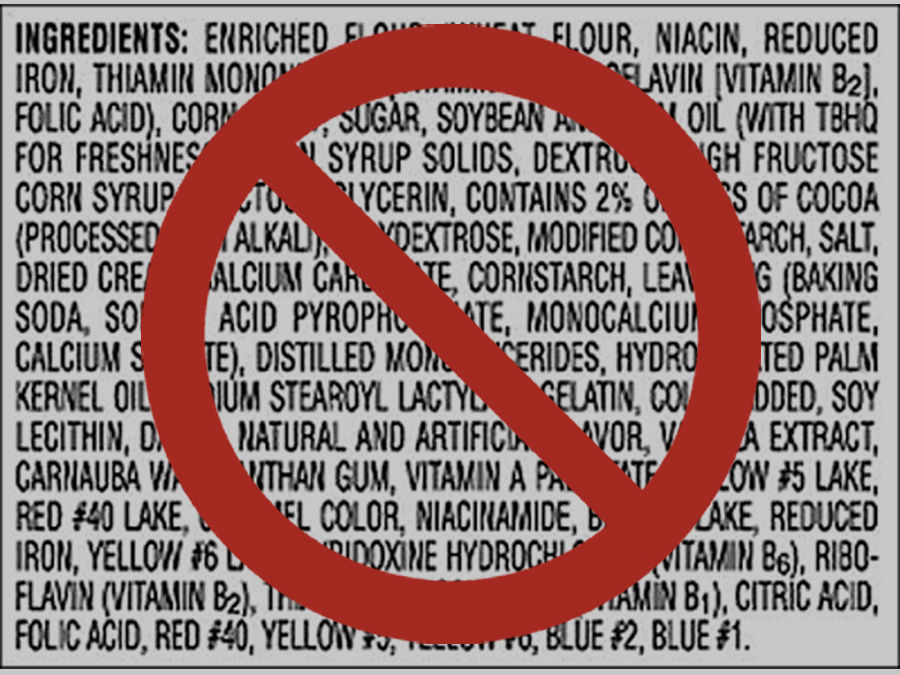
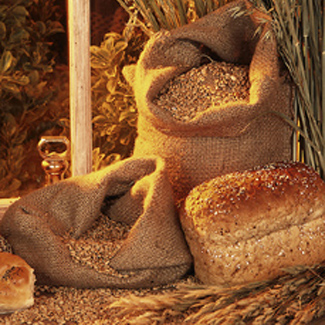
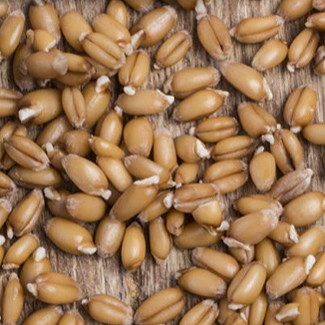
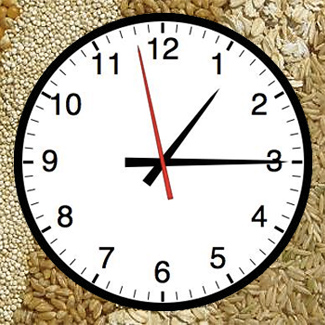
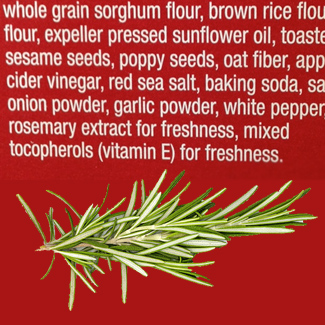
Add a Comment